Traditional Chinese 白色恐怖 Literal meaning White Terror Hokkien POJ Pe̍h-sek Khióng-pò͘ | Simplified Chinese 白色恐怖 Hanyu Pinyin Dates 27 Feb 1947 – 15 Jul 1987 | |
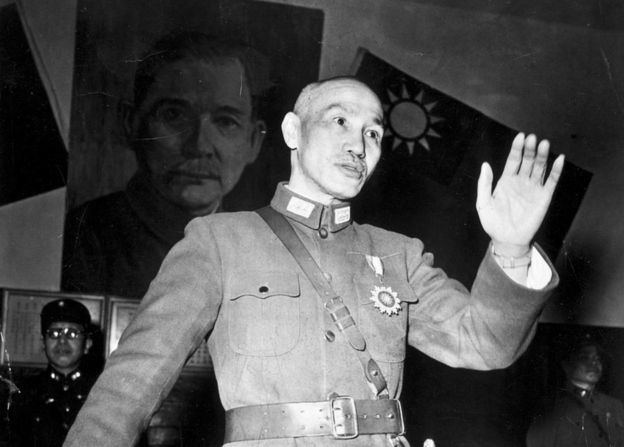 | ||
In Taiwan, the White Terror (Chinese: 白色恐怖; pinyin: báisè kǒngbù) was the suppression of political dissidents following the February 28 Incident.
Contents

The period of martial law lasted for 38 years and 57 days from 19 May 1949 to 15 July 1987. Taiwan's period of martial law had been the longest period of martial law in the world at the time it was lifted, but has since been surpassed by the Syrian half-century martial law, which lasted from 1963 to 2011.
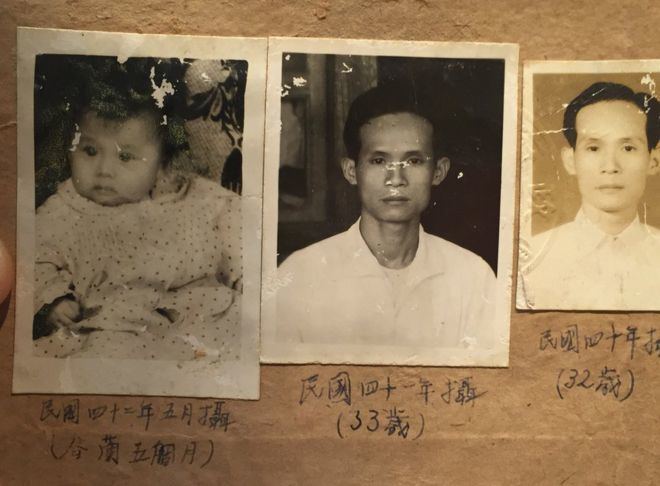
Time period
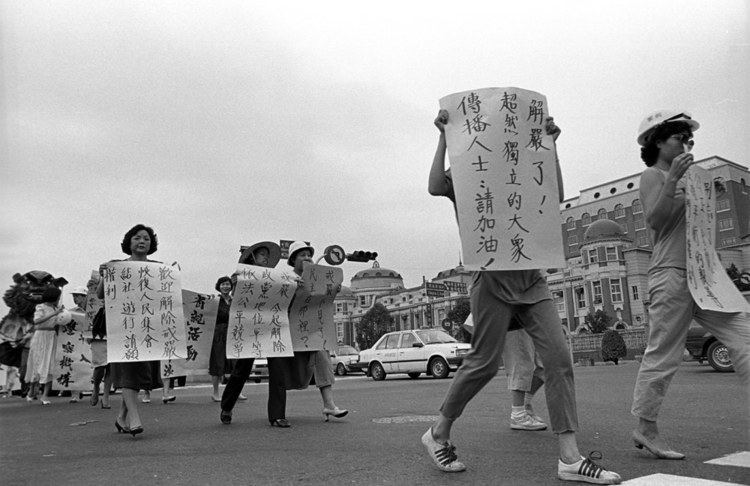
The term "White Terror" in its broadest meaning refers to the entire period from 1947 to 1987. Around 140,000 Taiwanese were imprisoned during this period, of which from about 3,000 to 4,000 were executed for their real or perceived opposition to the Kuomintang (KMT, Chinese Nationalist Party) government led by Chiang Kai-shek. Most actual prosecutions, though, took place in 1950–1952. Most of those prosecuted were labeled by the Kuomintang as "bandit spies" (匪諜), meaning spies for Chinese communists, and punished as such.

The KMT imprisoned mostly Taiwan's intellectual and social elite out of fear that they might resist KMT rule or sympathize with communism. For example, the Formosan League for Reemancipation was a Taiwanese independence group established in 1947 which the KMT believed to be under communist control leading to its members being arrested in 1950. The World United Formosans for Independence was persecuted for similar reasons. However, other prosecutions did not have such clear reasoning; in 1968 Bo Yang was imprisoned for his choice of words in translating a Popeye comic strip. A large number of the White Terror's other victims were mainland Chinese, many of whom owed their evacuation to Taiwan to the KMT. Often, after having come unaccompanied to Taiwan, these refugees to Taiwan were considered more disposable than local Taiwanese. Many of the mainland Chinese who survived the White Terror in Taiwan, like Bo Yang and Li Ao, moved on to promote Taiwan's democratization and the reform of the Kuomintang. In 1969, future president Lee Teng-hui was detained and interrogated for more than a week by the Taiwan Garrison Command who demanded to know about his "communist activities" and told "killing you at this moment is as easy as crushing an ant to death." Three years later he was invited to join the cabinet of Chiang Ching-kuo.
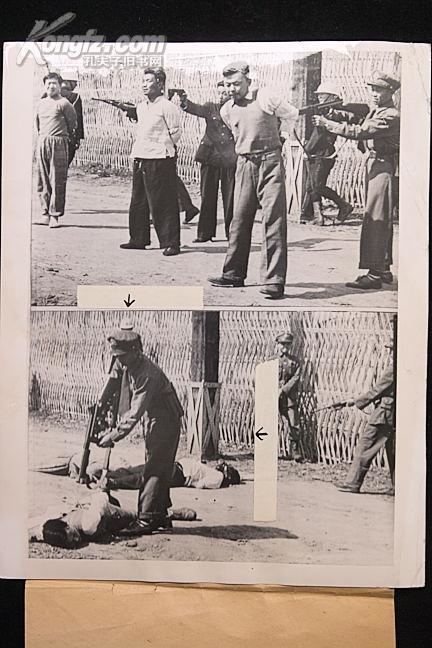
Fear of discussing the White Terror and the February 28 Incident gradually decreased with the lifting of martial law in 1987, culminating in the establishment of an official public memorial and an apology by President Lee Teng-hui in 1995. In 2008, President Ma Ying-jeou addressed a memorial service for the White Terror in Taipei. Ma apologized to the victims and their family members on behalf of the government, and expressed the hope that Taiwan would never again experience a similar tragedy.
Legacy
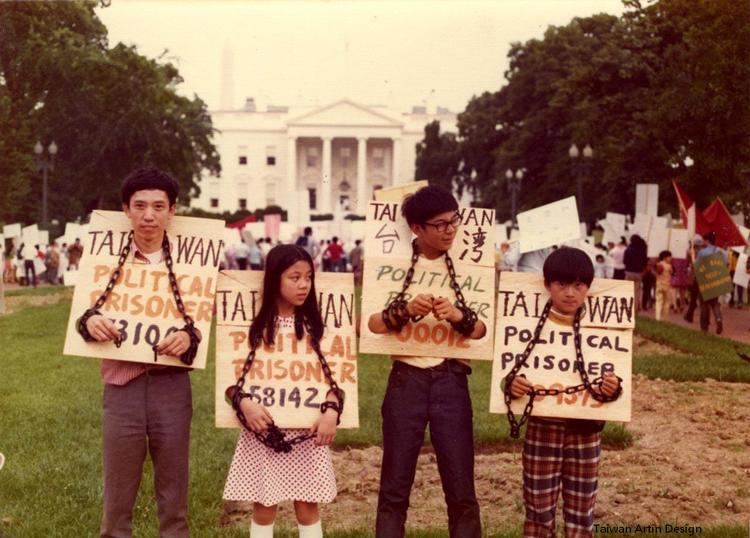
Since the lifting of martial law in 1987, the government has set up the 228 Incident Memorial Foundation, a civilian reparations fund supported by public donations for the victims and their families. Many descendants of victims remain unaware that their family members were victims, while many of the families of victims from Mainland China did not know the details of their relatives' mistreatment during the riot. Those who have received compensation more than two times are still demanding a trial of the still-living soldiers who were responsible for death of their loved ones.
Film
Hou Hsiao-hsien's A City of Sadness, the first movie dealing with the events, won the Golden Lion at the 1989 Venice Film Festival. The 2009 thriller Formosa Betrayed also relates the incident as part of the motivation behind Taiwan independence activist characters.
Literature
Taiwanese-American Julie Wu's novel The Third Son describes the event and its aftermath from the viewpoint of a Taiwanese boy. In her 2013 novel, The 228 Legacy, author Jennifer J. Chow brings to light the emotional ramifications for those who lived through the events yet suppressed their knowledge out of fear. It focuses on how there was such an impact that it permeated throughout multiple generations within the same family.
Shawna Yang Ryan's novel, GREEN ISLAND (2016) tells the story of the incident as it affects three generations of a Taiwanese family.
Games
In 2017, Taiwanese game developer Red Candle Games launched Detention, a survival horror video game created and developed for Steam. It is a 2D atmospheric horror side-scroller set in 1960s Taiwan under martial law following the 228 incident. The game also incorporates religious elements based on Taiwanese culture and mythology. The game has received favourable reviews from critics. Rely On Horror gave the game a 9 out of 10, saying that “every facet of Detention moves in one harmonious lockstep towards an unavoidable tragedy, drowning out the world around you.”
